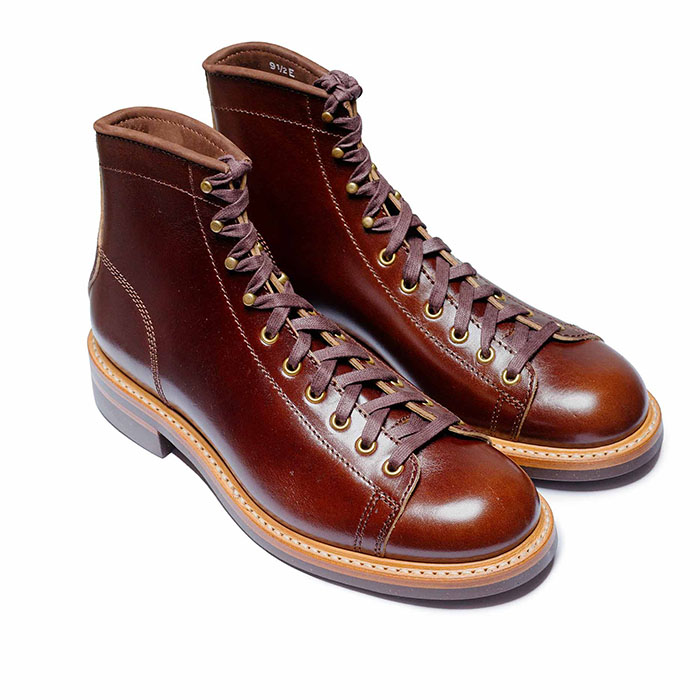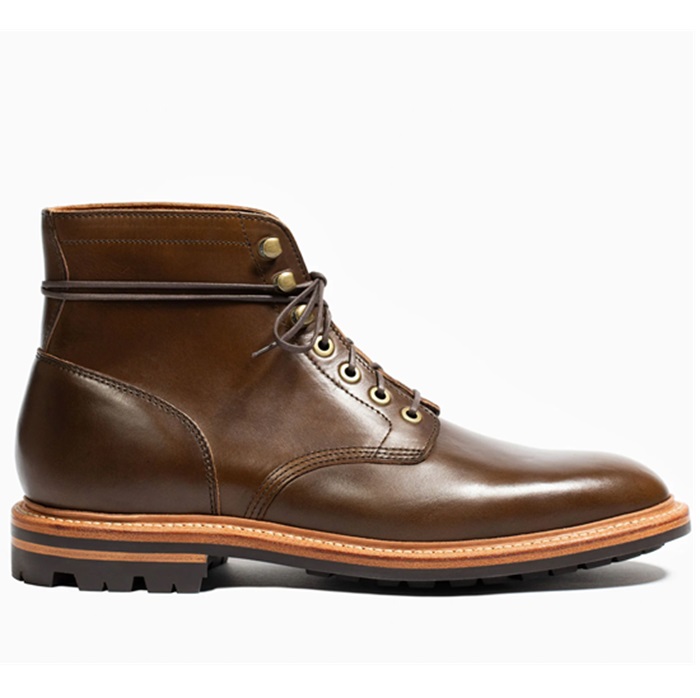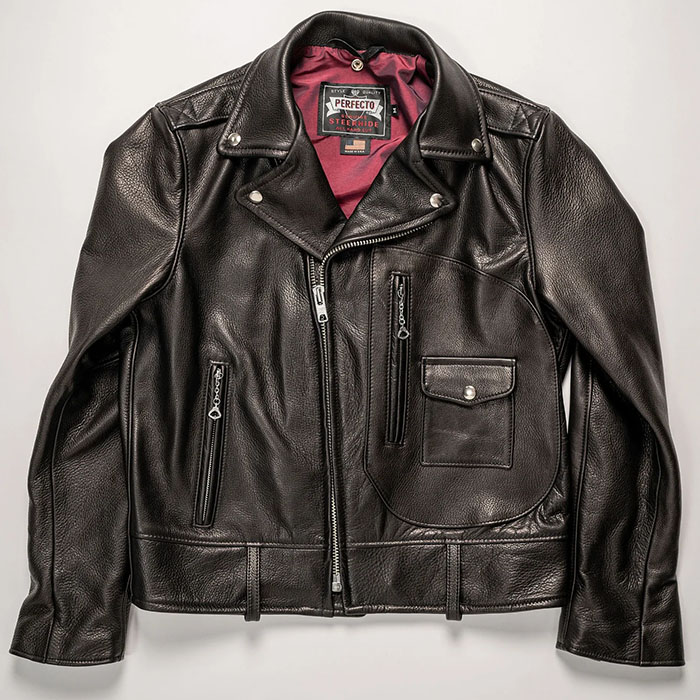- Messages
- 13,557
- Location
- Germany
Do kids know how to screenshot without smartphone, these days?
Pretty much everyone here goes back to the pre-color TV days when a big screen TV was a black and white CRT with a diagonal measurement of 19 inches (that's 48.26 centimeters for you Europeans) and a set of "rabbit ears" on top. You could normally get the three major networks in the US (ABC, CBS, NBC) and if you lived in or near a big city, you might also get a public television station.Anyone else likes to go back to "pre-HD tv times"?
 John Lofgren Monkey Boots Shinki Horsebuttt - $1,136 The classic monkey boot silhouette in an incredibly rich Shinki russet horse leather.
John Lofgren Monkey Boots Shinki Horsebuttt - $1,136 The classic monkey boot silhouette in an incredibly rich Shinki russet horse leather.  Grant Stone Diesel Boot Dark Olive Chromexcel - $395 Goodyear welted, Horween Chromexcel, classic good looks.
Grant Stone Diesel Boot Dark Olive Chromexcel - $395 Goodyear welted, Horween Chromexcel, classic good looks.  Schott 568 Vandals Jacket - $1,250 The classic Perfecto motorcycle jacket, in a very special limited-edition Schott double rider style.
Schott 568 Vandals Jacket - $1,250 The classic Perfecto motorcycle jacket, in a very special limited-edition Schott double rider style. When I got serious about smoking and started seriously back in...1987?...Winston was my brand. Now, I couldn't tell you why. Over 30 years I switched two or three times, and now I can't remember what the brand was when I stopped for the last time; Benson & Hedges, I think. ¯\_(ツ)_/¯
Pretty much everyone here goes back to the pre-color TV days when a big screen TV was a black and white CRT with a diagonal measurement of 19 inches (that's 48.26 centimeters for you Europeans) and a set of "rabbit ears" on top. You could normally get the three major networks in the US (ABC, CBS, NBC) and if you lived in or near a big city, you might also get a public television station.
As Data revealed in a "Star Trek TNG" episode, "That form of entertainment did not survive long after the year 2040..."
The cigarette pushers got heavily into motor sports (and sports in general) after the ban on television ads, because so many of those sporting events were televised and that got their brand names in front of billions of eyes. The ads were not only on the vehicles and the attire of the various participants, but also on the venues themselves. The Kingdome in Seattle (among the worst, most ill-conceived major sports facility ever) for several years had a huge Marlboro ad, featuring the square-jawed Marlboro cowboy, right next to the huge video screen."Winston: tastes like a good cigarette should." As endorsed by Fred Flintstone and Barney Rubble, no less... It's amazing how far things have changed in tobacco advertising, at least here in the UK. I remember when, although cigarette ads were banned nine years before I was born, ads for other tobacco products, particularly cigars, were allowed. I'm probably the last generation whose immediate association with Bach's Air on a G String is "Happiness is a cigar called Hamlet". When, in 2003, these and most other forms of tobacco advertising were banned, the final UK Hamlet commercial was promoted as - and indeed was - a television event. The kids in my undergraduate media law class this year, all born in 2004/5, have never lived in a world where tobacco was advertised. Despite being a very occasional, recreational pipe-smoker myself, I have no quibbles with that, but it's fascinating when I look in on Formula One or other elements of popular culture just how dominant you realise tobacco promotion once was, by its very absence now.
As Data revealed in a "Star Trek TNG" episode, "That form of entertainment did not survive long after the year 2040..."
The cigarette pushers got heavily into motor sports (and sports in general) after the ban on television ads, because so many of those sporting events were televised and that got their brand names in front of billions of eyes. The ads were not only on the vehicles and the attire of the various participants, but also on the venues themselves. The Kingdome in Seattle (among the worst, most ill-conceived major sports facility ever) for several years had a huge Marlboro ad, featuring the square-jawed Marlboro cowboy, right next to the huge video screen.
The progressively more stringent limits on tobacco advertising here in the U.S., where the deadly weed was/is a major agricultural commodity, had the tobacco companies aggressively expanding into other markets. My views on our government’s trade and drug policies going back a few decades now might have me venturing into forbidden territory here, so let it suffice to say we showed little compunction over pushing our deadly drug wherever we wished.
Winston Churchill was known for his substantial daily consumption of alcohol, including brandy, along with a significant number of cigars. While the exact amount of brandy is difficult to quantify, he reportedly enjoyed a regular intake of whisky, champagne, and other alcoholic beverages, often throughout the day. He also famously smoked an estimated 200,000 cigars in his 90 year lifetime."Winston: tastes like a good cigarette should." As endorsed by Fred Flintstone and Barney Rubble, no less... It's amazing how far things have changed in tobacco advertising, at least here in the UK. I remember when, although cigarette ads were banned nine years before I was born, ads for other tobacco products, particularly cigars, were allowed. I'm probably the last generation whose immediate association with Bach's Air on a G String is "Happiness is a cigar called Hamlet". When, in 2003, these and most other forms of tobacco advertising were banned, the final UK Hamlet commercial was promoted as - and indeed was - a television event. The kids in my undergraduate media law class this year, all born in 2004/5, have never lived in a world where tobacco was advertised. Despite being a very occasional, recreational pipe-smoker myself, I have no quibbles with that, but it's fascinating when I look in on Formula One or other elements of popular culture just how dominant you realise tobacco promotion once was, by its very absence now.